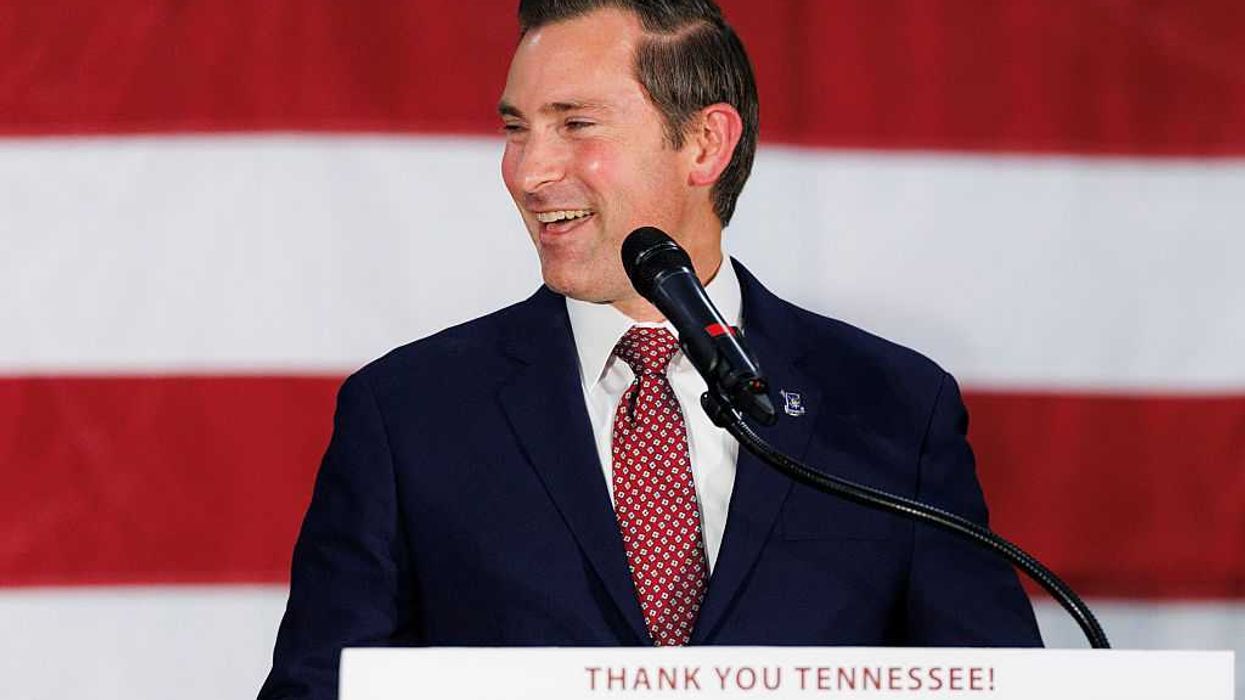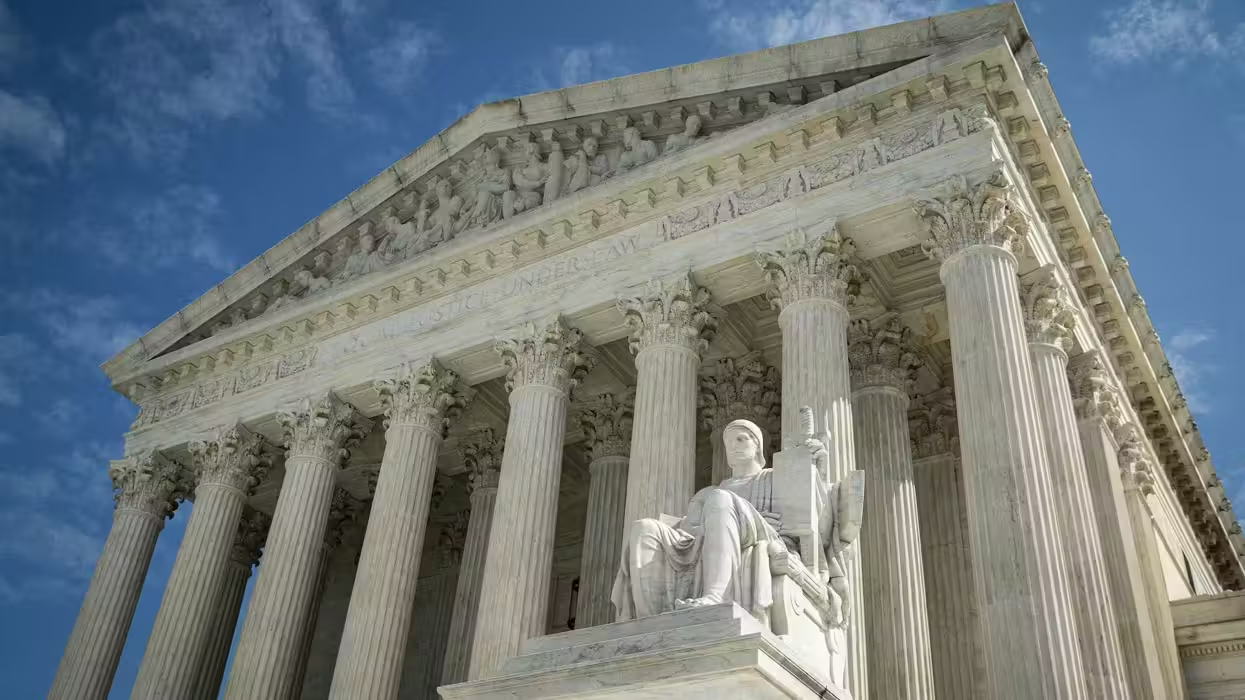© 2025 Blaze Media LLC. All rights reserved.
From 9.1% to 9.0%. -- Business Insider: "So-so" CNBC: "Stuck in neutral" Zero Hedge: August's number of zero "has now been revised twice to 104,000 or whatever suites the US policy at the time" --
WASHINGTON (The Blaze/AP) -- The jobs numbers are in for October, and while unemployment numbers dipped, they weren't strong.
Hiring slowed a bit in October. But the government said job growth was much stronger in August and September than first thought.
Average hourly earnings rose last month and the unemployment rate ticked down to 9 percent from 9.1 percent, because more people said they found work last month. It was the first drop in the rate since July.
Still, the report suggests that President Barack Obama will likely face voters with the highest unemployment rate of any post-war president.
The Labor Department said the economy added 80,000 jobs in October. It was the fewest in four months and below September's revised total of 158,000. The government revised August and September's data to show 102,000 more jobs added.
Even so, October's modest job growth is barely enough to keep pace with population growth. About twice as many are needed to lower the unemployment rate. Many employers are hesitant to step up hiring until they see steady demand from consumers.
Healthier consumer spending was the key reason the economy expanded at an annual pace of 2.5 percent in the July-September quarter, the best quarterly growth in a year. Growth in consumer spending tripled from the spring, despite renewed recession fears and wide fluctuations in the stock market.
But economists worry that the summer spending gains can't be sustained. For one thing, Americans spent more in the third quarter even though they earned less. And they used their savings to make up the difference.
Without more jobs and higher wages, consumers are likely to pare spending in the months ahead. Consumer spending is important because it accounts for 70 percent of economic activity.
The economy generated an average of 130,000 jobs per month in the third quarter, up from 97,000 in the preceding three months. Still, that's down from 166,000 in the first three months of this year.
The biggest change was August. Initially, the government said employers added zero net jobs that month. It has since been revised twice to show 104,000 jobs added.
A raft of data Thursday offered a mixed picture for the economy and hiring.
The number of people applying for unemployment benefits dropped below 400,000 for only the third time this year, the government said. Still, applications would need to fall below 375,000 to signal sustained job gains. They haven't been at that level since February.
Services companies, which employ about 90 percent of the work force, hired more in October after cutting jobs in the previous month, according to a survey by the Institute for Supply Management. Overall growth for the service sector was mostly unchanged from September's slow pace.
Companies ordered more factory goods in September for a third straight month. The gain occurred largely because businesses spent more on industrial machinery, computers and software. It's a sign that in the sluggish economy, many companies are investing in equipment but not in new hires.
Businesses are getting more out their existing work forces while paying less to employ them. Worker productivity rose in the July-September quarter by the most in a year and a half. At the same time, labor costs fell.
Higher productivity is generally a good thing. It can raise standards of living by enabling companies to pay workers more without raising their prices and increasing inflation. But without strong and sustained customer demand, companies are unlikely to hire.
Federal Reserve Chairman Ben Bernanke said Wednesday that growth is likely to be "frustratingly slow," after the Fed sharply lowered its economic projections for the next two years.
The Fed now says the economy will likely expand no more than 1.7 percent for all of 2011. That's down from its June forecast of 2.7 percent to 2.9 percent. And it predicted growth of only 2.5 percent to 2.9 percent next year, nearly a percentage point lower than its June estimate.
The Fed said it doesn't expect the unemployment rate to be any lower this year. And it sees unemployment averaging 8.6 percent by the end of next year.
Want to leave a tip?
We answer to you. Help keep our content free of advertisers and big tech censorship by leaving a tip today.
Want to join the conversation?
Already a subscriber?
Jonathon M. Seidl is a former managing editor of Blaze News and a best-selling author and speaker. His next book, “Confessions of a Christian Alcoholic,” will be released on October 7, 2025.
Jonathon M. Seidl
Jonathon M. Seidl is a former managing editor of Blaze News and a best-selling author and speaker. His next book, “Confessions of a Christian Alcoholic,” will be released on October 7, 2025.
more stories
Sign up for the Blaze newsletter
By signing up, you agree to our Privacy Policy and Terms of Use, and agree to receive content that may sometimes include advertisements. You may opt out at any time.
Related Content
© 2025 Blaze Media LLC. All rights reserved.
Get the stories that matter most delivered directly to your inbox.
By signing up, you agree to our Privacy Policy and Terms of Use, and agree to receive content that may sometimes include advertisements. You may opt out at any time.






